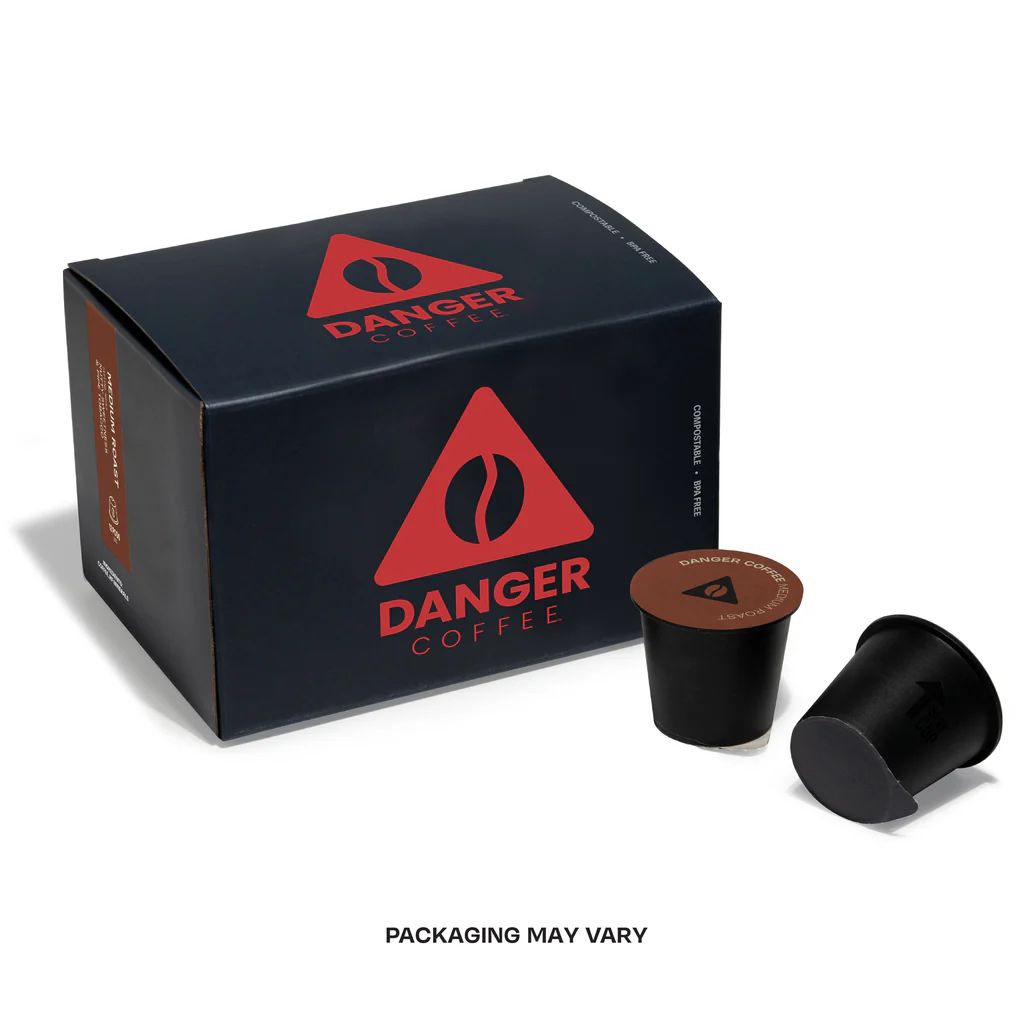Trauma isn’t just a memory; it’s an experience that gets stored in the body. When we go through overwhelming events, the intense energy of the fight, flight, or freeze response can get stuck. This can manifest as chronic anxiety, tension, pain, or a feeling of being constantly “on edge.”
True healing involves gently and safely releasing this stored energy, allowing your nervous system to return to a state of balance and calm. You don’t always need to talk it out; sometimes, you need to move it out.
This guide provides four powerful, evidence-informed practices you can do safely at home to facilitate this release. Remember, the goal is not to relive the trauma, but to discharge the pent-up physical energy associated with it.
Pillow Screaming: A Safe Outlet for Primal Release
Why it Works:
Screaming is a primal, natural response to threat and fear. Suppressing it can keep trauma locked in the body. Providing a safe, muffled outlet for this impulse allows your body to complete the stress response cycle and release powerful emotions like anger, frustration, and fear—without judgment or disturbance.
Your Safe Practice:
- Create a Safe Space: Choose a time and place where you won’t be heard or interrupted. Your car or a secluded room can work well.
- Use a Buffer: Have a pillow ready. You can scream directly into it or use it to muffle the sound against a wall.
- Warm Up: Start with a hum or a groan to activate your vocal cords.
- Let Go: On an exhale, release a scream into the pillow. You don’t need to force it; let it come from your gut. It might feel silly at first—that’s okay.
Breathe and Integrate: Afterward, place your hands on your belly and take several deep, calm breaths. Notice how your body feels.
Trauma-Release Tremoring (TRE): Your Body’s Innate Shake
Why it Works:
Animals in the wild naturally tremble after a life-threatening event to discharge energy and reset their nervous systems. TRE (Tension & Trauma Releasing Exercises), developed by Dr. David Berceli, safely activates this innate shaking mechanism in humans. It helps release deep muscular patterns of stress and trauma from the psoas muscle and throughout the body.
Your Safe Practice (Basic Introduction):
- The Exercise: A common starting point is a gentle muscle fatigue exercise.
- Stand with your feet shoulder-width apart, toes slightly turned out.
- Slowly bend your knees and lower into a slight squat, keeping your heels on the floor.
- Raise your heels off the ground and hold for 60 seconds (your thighs may begin to gently shake or feel fatigued).
- Slowly lower your heels and then straighten your legs.
- Stand with your feet shoulder-width apart, toes slightly turned out.
- Allow the Tremors: Lie on a soft mat or carpet on your back, knees bent and feet flat on the floor. Allow the involuntary tremors to move through your legs and into your body. You can gently bring your knees together and apart to facilitate the process.
- Let it Subside: After 5–15 minutes, slowly bring your feet flat on the floor again and let the shaking integrate. Rest peacefully.
Note: It is highly recommended to learn the full TRE protocol from a certified provider for optimal safety and effectiveness.
Cathartic Dance: Move What Words Cannot Express
Why it Works:
Trauma can disconnect us from our bodies. Cathartic dance uses free-form, intuitive movement to reconnect, express stuck emotions, and release energy through motion. There are no steps, no right or wrong way—only the imperative to let your body move as it needs to.
Your Safe Practice:
- Set the Scene: Choose music that resonates with your current emotional state—it could be angry, sad, or chaotic. You are creating a soundtrack for your release.
- Close Your Eyes: This helps you turn inward and reduce self-judgment.
- Let Your Body Lead: Don’t choreograph. Start moving however your body wants to. Shake, stomp, curl up, sway, or punch the air. Allow any sounds (sighs, cries) to emerge naturally.
- Follow the Energy: Let the movement journey unfold. It might start chaotic and end calm. Trust the process.
Rest: End by lying flat on the floor in stillness (corpse pose), allowing your body to absorb the release.
“Unsent Letter” Journaling: Putting a Voice to Your Pain
Why it Works:
Trauma can leave us with unfinished business and unexpressed words. Journaling an “unsent letter” provides a confidential, safe container to express everything you wish you could say—the anger, hurt, sadness, or questions—to a person, the event itself, or even to your own body. This practice can bring immense clarity and emotional relief.
Your Safe Practice:
- Set Your Intention: Decide who or what the letter is for. You will not send it.
- Write Freely: Give yourself permission to write without censorship, grammar, or logic. Use “I feel” statements. Be raw, honest, and messy.
- Include Everything: You can express rage, forgiveness, love, confusion—all of it can coexist on the page.
Close the Ritual: Once finished, you can choose to keep it, rip it up, or even safely burn it as a symbolic act of release.
Final Thoughts
Healing is not a linear process, and these practices are tools, not cures. The most important principle is to prioritize your sense of safety and choice. You are in control. If a practice feels too intense, stop, breathe, and ground yourself by feeling your feet on the floor.
These techniques empower you to work with your body’s innate intelligence to find release and resilience. Consistency and self-compassion are your greatest allies on this path.






















